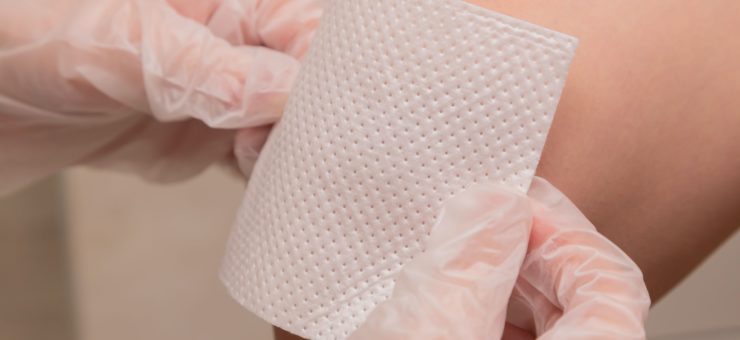Where should innovation in Wound Care be focused in 2014?
6 January 2014
How can Wound Care technology companies grow their profits?
Many of the answers to this question were on display recently at the annual Wounds UK conference in Harrogate. A great deal of the market sales volume is in standard products such as bordered foam dressings but, as every senior manager will be aware, it is difficult to grow a business with poorly differentiated products, especially when under intense cost pressure from suppliers in the emerging economies. This means innovation is required to solve a valuable need in a way that other competitors cannot match. Get yourself some Intellectual Property and you’re in a strong position.
A good example of innovation in wound care has been negative pressure wound therapy. For many years, KCI had the market sewn up with a broad patent and was able to deliver real benefits to patients. But now, with the patent defences overcome by litigation, a whole slew of competitors have launched negative pressure products, with multiple products on show at Wounds UK. This competition has led to a tenfold decrease in daily revenues from this type of product.
So, where are Wound Care companies are looking next for innovation?
Improved usability is one hot topic, and is nicely exemplified by CircAid‘s compression stocking, which was acquired in 2012 by Medi. One issue faced by patients is the need to wear multiple layers of stockings, each providing a certain pressure. The sum of the pressures needs to add up to the right level, such as 45 mmHg for the prevention of leg ulcers. CircAid’s new product allows adjustable pressure to be set in a single layer, wrap-around stocking, so it is simpler for the patient to wear while at the same time providing flexibility to the healthcare professional.
Another trend is that the value of new products is under scrutiny by healthcare providers. The NHS in England increasingly is seeking an evidence base in favour of adoption of new technologies. The new product must be shown not only to work, but also to be cost-effective when compared to the health economics of alternative treatment pathways. Health Technology Co-operatives have been set up to evaluate new technologies, and above all they are concerned to make sure that companies spend their time solving the right problems. The first wound care devices are going through the evaluation process now, and many of the exhibitors at Wounds UK are lining up to have their new products evaluated. This means that approval by the NHS increasingly should become a criterion that shapes innovation. While global healthcare systems have different systems, the underlying message is the same to all innovators: your product will only be profitable if it successfully meets recognised needs in a cost-effective way.
As an innovator in Wound Care technology, Springboard has compiled a report of innovations from the show. It offers insight into where the trends lie and how companies are tackling innovation in 2014. Executives and managers at wound care companies are welcome to contact us to arrange a meeting to present the report, free of charge.


